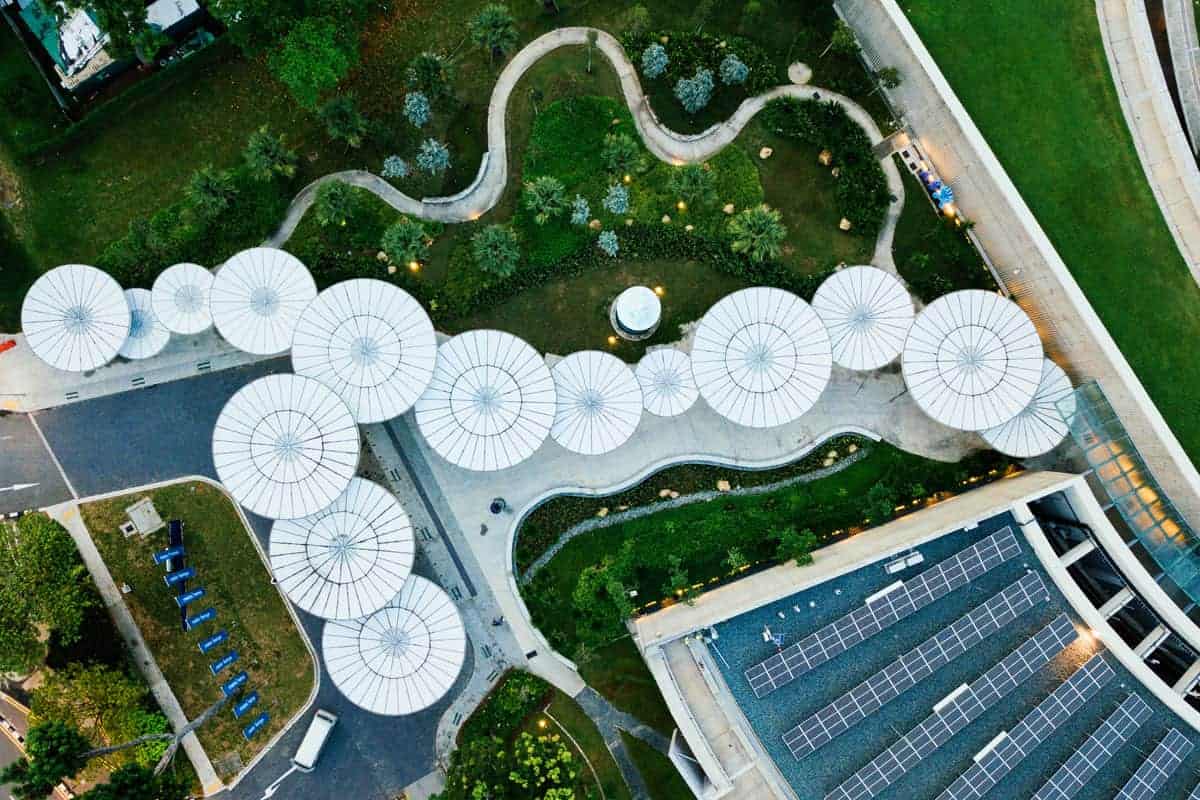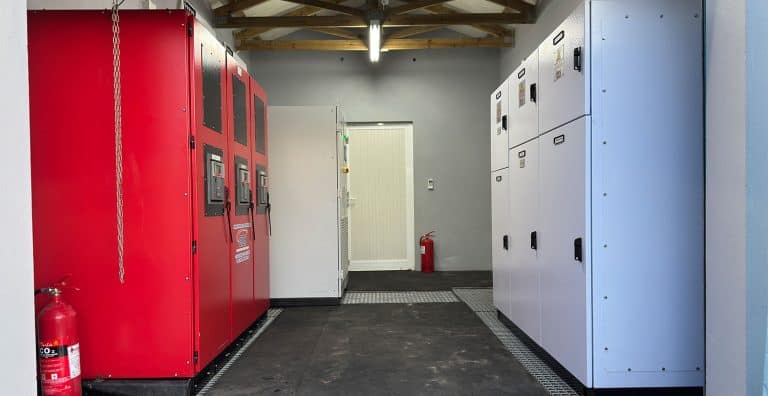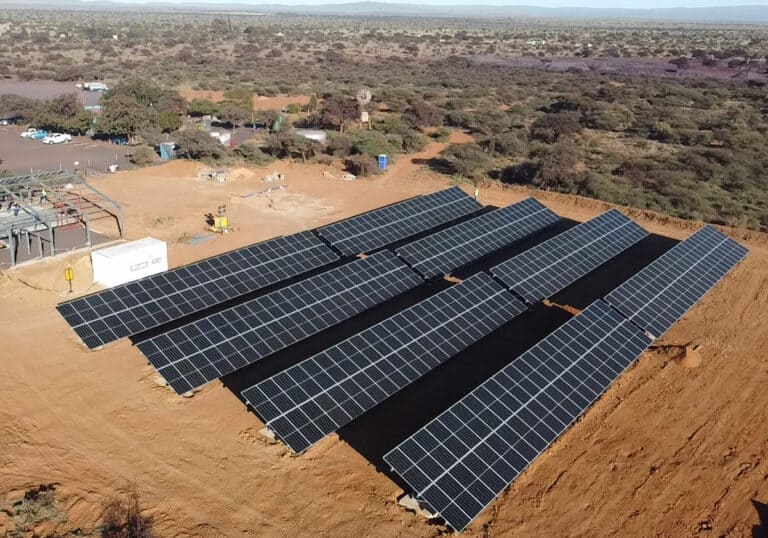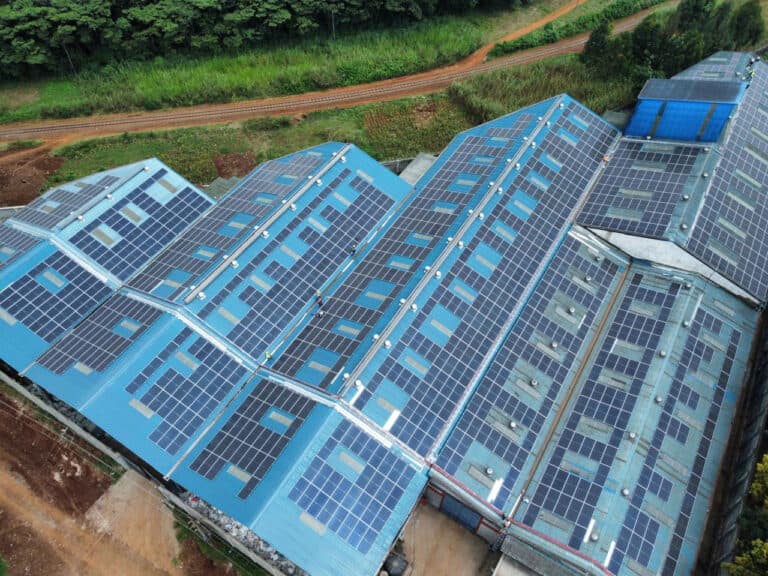Energy conservation by way of energy efficiency in the building industry has become a top focus for business owners & investors all over the world. Strategic investments of renewable energy solutions ensure businesses will reduce not only their environmental footprint, but also their overall OPEX. Cheaper energy production solutions coupled with energy efficient consumption methodologies guarantee reduced expenditures. For anyone investigating the installation of a photovoltaic (PV) system on commercial buildings, it is important to first assess various sustainable building, and building services concepts available for implementation. Whether you have an existing building or construction is yet to commence, a well-structured approach is vital to ultimately and optimally define your Solar PV system size.
There are four main aspects to consider when navigating the possible use of renewable energy & energy efficient methods in buildings.

Building Design
To ensure an optimal energy efficient design of a building is achieved, it is vital that energy passive building concepts are explored before construction takes place. energy passive design ultimately focuses on using efficient power consumption methodologies through heating, cooling, natural light flows, and bioclimatic architectural designs (shape and orientation of a building). The latter is a critical element in optimising any solar technology production. The design must also reflect a high performing building envelope. This includes making use of high performing double-glazed windows, various insulation methodologies, planned air sealed constructions, and bridges, mitigations. Lastly, it is paramount that a high performing ventilation and insulation system is used to optimise a buildings natural heat recovery. Only when a building has been designed to minimise overall energy losses and consumptions, does it make sense to start investigating various energy sources.
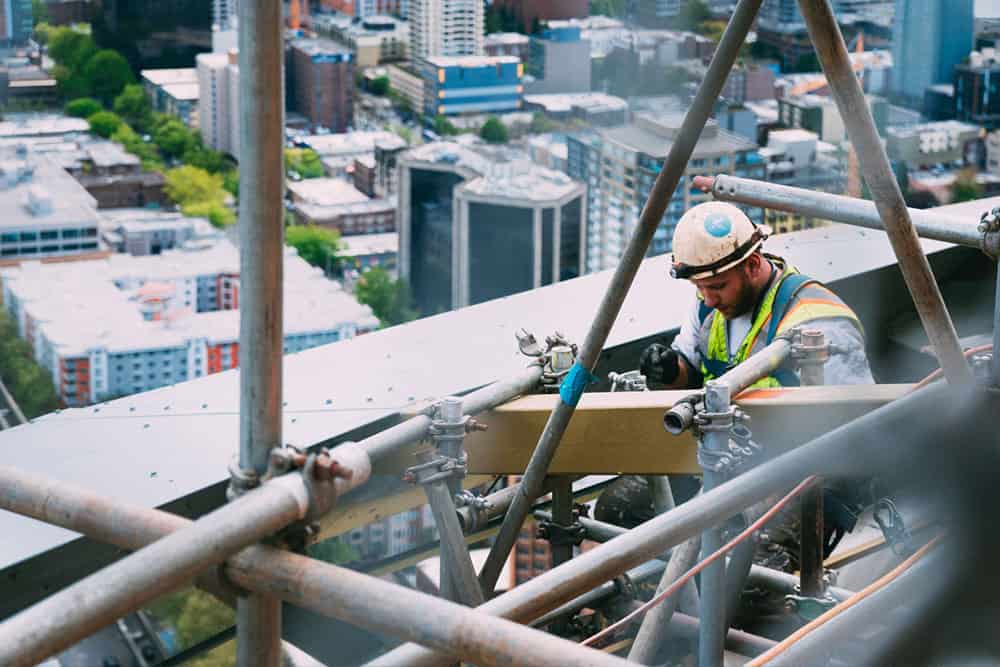
Low energy consuming building materials
When constructing a building from scratch, one has the golden opportunity to make it as energy efficient as possible. Sustainable building material decision making can play a major role. Not only will this approach allow for improved affordability in building, it will also improve the prospects for saving on OPEX through sustainable and renewable avenues. Of many low energy consuming building materials available today, a few specific go-to materials to use are recycled steel, spray-foam insulation, and insulating concrete forms.
To elaborate, steel production uses less energy and emits fewer harmful CO2 emissions than many other popular building materials. The ultimate green choice in buildings. Spray foam insulation, fast becoming known as a renewable material, does not produce harmful emissions and is shrink & water proof, meaning there is no external façade framing distortions over time. Lastly, making use of insulated concrete forms in a buildings structure allows for a relatively quick installation and high levels of energy efficiency.

Energy efficient building services reduce daily operational energy requirements
The supply of energy to buildings is a focus for improvement. Such measures to be considered includes (but not limited to) borehole cooling, heat pump use, combined heat and power system use (CHP), biomass heating, gas powered cooling, wind power electricity supply, PV electricity supply, heating water through solar collectors, solar thermal space and water heating, passive cooling and solar assisted cooling.
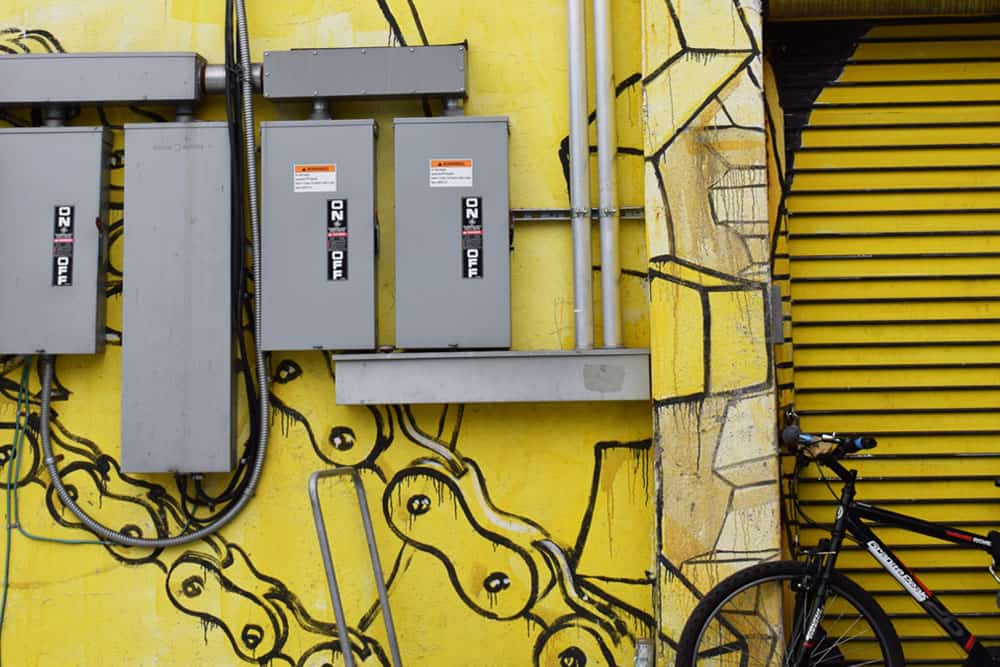
Modular integration of renewable energy technologies
To fully realise energy cost savings on an existing build, and improve building service reliability, one may take a staggered or modular integration approach. Renewable energy technology integrations should then be well planned and controlled. Ultimately these technologies will improve energy security, reduce your facilities net environmental impact, and efficiently provide electricity, heating and cooling. Aimed at reducing the use of energy in buildings, sustainable technologies result in cheaper energy bills, increased work comfort, reduced environmental impacts and co2 emissions. The four highlighted points above, are but a few conceptual avenues to be considered when building with sustainable approach.


